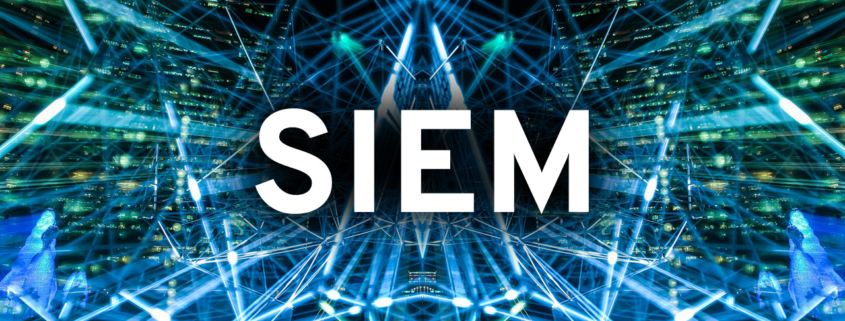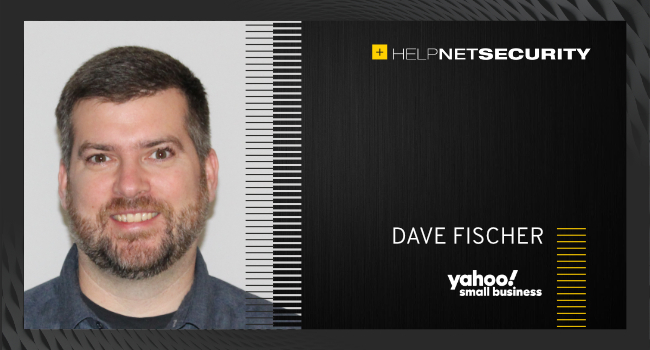Techstars London welcomes new managing director
Techstars, a global investment business that provides access to capital, one-on-one mentorship, and customised programming for early-stage entrepreneurs, has announced the appointment of Saalim Chowdhury as Managing Director of Techstars London. He follows predecessor Eamonn Carey.
Formerly a Partner at 500 Startups, Chowdhury will lead the growth of the startup accelerator in London, as it expands to two programmes a year, in April and September. Techstars London will open to startups across new sectors, welcoming more b2b startups in healthtech, fintech and web3, and using technologies such as artificial intelligence and machine learning.
Techstars London is looking for early-stage founders who would benefit from a programme that develops entrepreneurial talent, accelerates startup growth, and gets them closer to product-market fit. Whilst the programme is London-based, Chowdhury’s focus will be on attracting startups around the UK and will be touring the country to do so.
Speaking on his appointment as the new Managing Director of Techstars London, Saalim Chowdhury, said, “What drew me to Techstars is the deep commitment to developing founders and communities, especially here in the UK and Europe. Global rivals continue to dramatically increase class sizes, with little or no footprint in Europe, but Techstars is staying at 12 companies per batch. Instead, we’re increasing the number of programmes in key cities like London and hiring more talent to deliver them, so that we can continue to foster personal connections and development, individual attention and a deeply bonded community.”
“I want to work with founders that are creating services for new audiences, or changing the way convention has been dictated for years, mostly by bringing perspectives from one industry to another. There must also be a positive impact on society. The goal is to create stronger startups from a more diverse range of backgrounds.”
“Eamonn has left big shoes to fill, and I am eager to continue and expand upon his great work. I’m delighted to lead this growth from London, as Techstars doubles down in the UK”
Over 200 UK startups have been through a Techstars…




